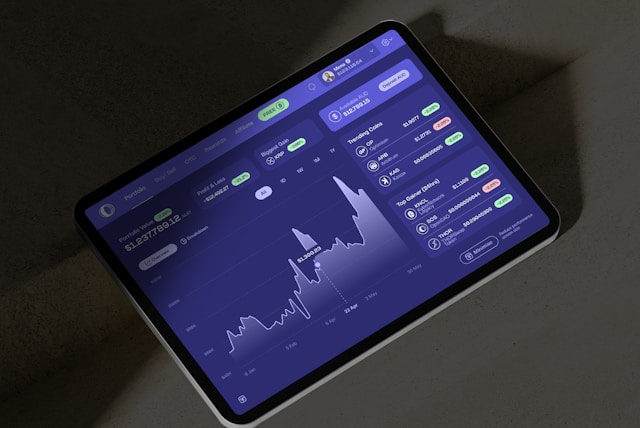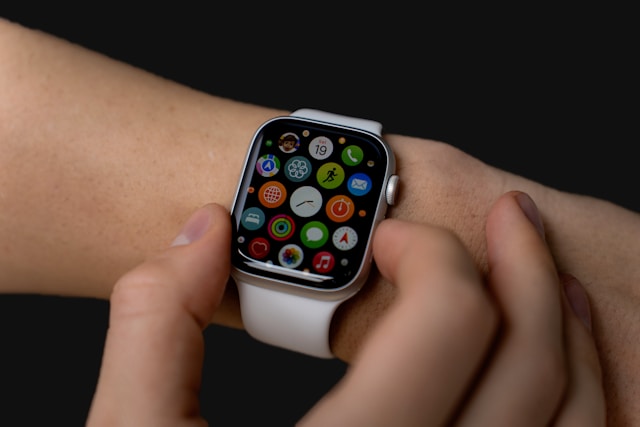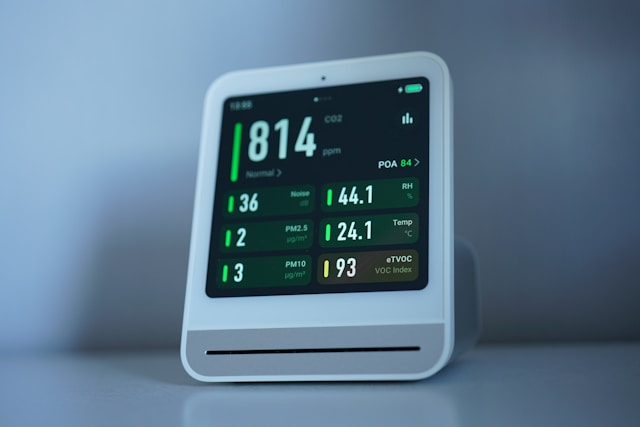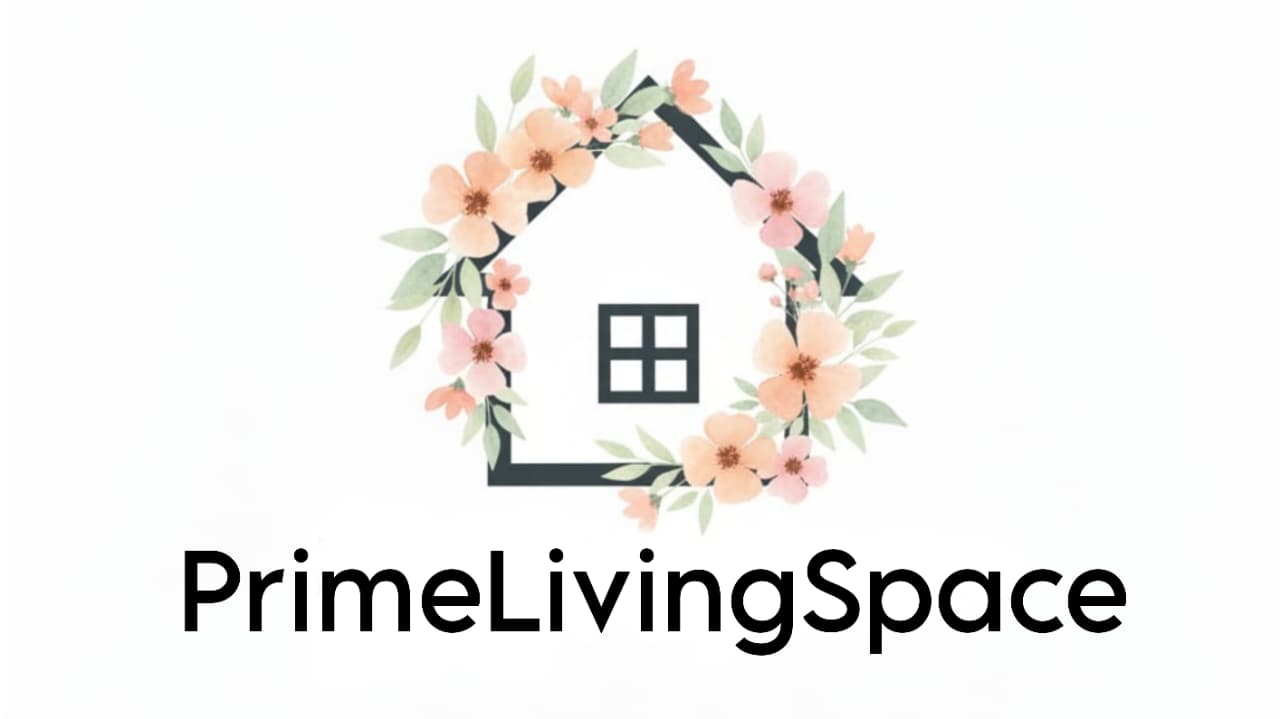
When it comes to staying healthy, information is power. A geek health journal isn’t just about jotting down numbers—it’s a way to combine technology, data interpretation, habit science, and community support to make actionable health improvements. By integrating wearable devices, customizing your tracking system, and analyzing trends, you can transform your daily routines into long-term health gains.
In this guide, we’ll show you how to set up a geek health journal, leverage wearable tech, form consistent habits, interpret your data, and engage with a supportive community—everything you need to turn raw metrics into meaningful insights.
Setting Up Your Geek Health Journal

Before you start tracking, decide on the format of your journal. Digital journals, like Notion, Evernote, or specialized apps, allow for automatic syncing with devices and easy charting. Analog journals provide flexibility and mindfulness benefits, especially for reflecting on moods, meals, and mental health.
Once you’ve chosen your format, customize your journal layout to fit your goals. For example:
| Goal | Suggested Sections |
|---|
| Fitness | Steps, workouts, heart rate, weight progress |
| Mental Health | Mood tracker, journaling prompts, sleep quality |
| Chronic Conditions | Blood pressure, glucose, medication adherence |
| General Wellness | Water intake, meals, daily energy levels |
By tailoring your journal to your personal objectives, you create a tool that is both actionable and engaging.
Integrating Wearable Devices

Modern wearables like the Apple Watch, Fitbit, and Oura Ring offer precise health metrics, from sleep tracking to heart rate variability (HRV). A geek health journal becomes far more powerful when these devices are synced.
Step-by-step integration:
- Select a journal app that allows data import from your wearable.
- Connect the device through native app integrations or export CSV files.
- Map the data fields in your journal to your custom sections (e.g., sleep hours, average HRV, steps per day).
This integration ensures accuracy, reduces manual entry, and creates a centralized repository for trend analysis.
Building Consistent Habits

Consistency is key for any health journal to provide value. Many users start strong but fade over time. Incorporating habit-forming strategies helps maintain regular entries:
- Use reminders or notifications to log daily metrics.
- Celebrate milestones or streaks to reinforce consistency.
- Include visual habit trackers to see progress at a glance.
By making journaling routine and rewarding, your geek health journal transforms from a sporadic task into a reliable health tool.
Interpreting Your Health Data

Collecting data is only half the story; understanding it is what makes a geek health journal actionable.
Key areas to monitor:
- Sleep Trends: Track bedtime, wake time, and sleep quality scores to identify patterns impacting energy and performance.
- Activity Levels: Compare daily step counts, workouts, and calorie expenditure to your goals.
- Mood & Mental Health: Correlate stress levels or mood ratings with physical activity, diet, and sleep.
- Physiological Metrics: Heart rate variability, resting heart rate, and blood pressure trends reveal fitness and cardiovascular health over time.
Use simple visualizations like charts or heatmaps to spot trends quickly. Recognizing patterns in your data allows you to make informed, proactive health decisions.
Engaging with the Community

Health tracking can feel isolating when done alone. Engaging with others using a geek health journal can boost motivation and accountability.
- Join online forums or social media groups dedicated to health tracking.
- Share successes, challenges, and tips with like-minded individuals.
- Participate in challenges or collaborative tracking initiatives to make journaling more interactive.
Community engagement turns your journal from a personal log into a dynamic learning ecosystem, fostering both consistency and knowledge exchange.
Advanced Features for Geek Health Enthusiasts
For those who want to go deeper:
- Automated Dashboards: Use tools like Notion or Google Data Studio to visualize your metrics automatically.
- Custom Metrics: Track HRV, glucose, or body composition to personalize your health strategy.
- Alerts & Thresholds: Set notifications for deviations in sleep, activity, or vital signs to stay proactive.
These features elevate a simple journal into a professional-grade personal health platform.
Resources & Tools
- Apps: Notion, Evernote, Daylio, or specialized health tracking apps.
- Wearables: Apple Watch, Fitbit, Oura Ring, Garmin.
- Templates: Downloadable journal layouts and habit trackers to kickstart your tracking.
- High-Authority References:
- CDC Healthy Living
- NIH Sleep & Health
- American Heart Association – Activity Guidelines
FAQ
1. What is a geek health journal?
A personal tracking tool that combines daily health metrics, wearable data, and habit logging for actionable insights.
2. Do I need wearable devices to track effectively?
No, but wearables increase accuracy and automate data collection.
3. How often should I log my data?
Daily logging provides the most reliable trends, but weekly summaries can also be effective.
4. Can I customize my journal for mental health or chronic conditions?
Yes, a geek health journal can be tailored to fit any health goal.
5. How do I start a health journal?
- Choose a format: digital (Notion, Google Sheets) or analog (notebook).
- Decide what to track: sleep, steps, mood, meals, water, exercise, and screen time.
- Set a daily routine: log consistently, even if just for a few minutes.
- Start simple and expand as habits form.
6. How do I track my health?
- Record daily metrics (sleep hours, steps, workouts, meals, hydration, mood).
- Use wearables or apps for automated tracking when possible.
- Review trends weekly to adjust lifestyle habits and goals.
7. What are health and well-being journals?
- Structured tools to monitor physical, mental, and emotional health.
- They help users track habits, mood, nutrition, exercise, and progress toward wellness goals.
- Can be digital or physical, often with prompts for reflection and improvement.
8. What is a health tracker?
- A device or app that measures health metrics like heart rate, sleep, steps, calories burned, or stress levels.
- Examples: Fitbit, Apple Watch, Oura Ring, Garmin.
- Used to make data-driven decisions about fitness, sleep, and overall well-being.
Conclusion
A geek health journal is more than just a notebook—it’s a bridge between technology, personal insight, and proactive health management. By combining wearable integrations, habit-forming techniques, data interpretation, and community support, you can transform raw numbers into meaningful, actionable health improvements. Start today, track consistently, and take control of your health like a pro.
You may also like :
Top ABA Therapy Techniques Every Parent Should Know
HomeAide Home Care: A Complete Guide to In-Home Support for Seniors and Families



